Mowing your lawn is one of the most common home maintenance tasks. It’s right up there with changing light bulbs and AC filters. Since it’s such a regular job, why not mow your lawn to give it the best possible shot and remaining healthy and green? Below, I’ll cover the variables (and a few extra tips) that you need to consider to understand how often you should mow your lawn.
There are several factors that play into your standard lawn care: type of grass, current season, and age of your lawn. Don’t forget your HOA – sometimes they have rules about how tall your grass can be!
Type of Grass
This is the variable that plays most into your lawncare routine. Certain types of grasses are happiest at different heights. The two that grow best here in the Triangle of North Carolina are Bermuda and Fescue.
Fescue is the “soft” grass we think of when we imagine lying in a grassy field and staring at the clouds. It likes to be taller, and has that finer texture we associate with lush lawns. Fescue is happiest between 2.5-inches and 3.5 inches. In order to maintain this height, you’ll want to mow every week during the warm months and slow it down to every-other week (or more) during the cooler months.
Bermudagrass is a tighter and more rustic grass. It naturally grows closer to the ground and creeps along close to the soil. It’s a little more rough to the touch and is significantly more hearty than fescue. Bermudagrass likes to be short, between 1 and 2 inches tall. Because of its growth habit, bermudagrass can go a bit longer before cutting. Every-other week during the warm months, and it actually goes dormant during the cool months – about once per month does it.
Current Season
As I alluded to above, you’ll want to change your mowing routine as the seasons change. Warmer months bring loads of sunshine that help you lawn look its best. That also means it’ll be growing quickly, so mowing more often is necessary. Mow your lawn once per week during the Summer months.
During the cooler months, both grass types tend to store energy and focus on root growth. You won’t need to mow as often, and you could actually damage your lawn if you keep the same routine. Slow down your schedule to every-other-week, or even every-third-week.
Age of Your Lawn
The last major variable is how old your lawn is. By this, I simply mean, is it older than 6 months? If so, your grass has established itself and you’ll be fine.
If you’ve recently seeded, you’ll want to hold off on mowing often. Give the new seed time to establish roots and withstand mowing. If you’ve seeded in the last 6 months, consider reducing your mow routine by half. Fortunately for us, fescue seeding is best in the Autumn, so you’re already beginning to mow less anyway!
A Few Extra Tips
There are plenty of other variables to consider when tweaking your lawncare routine. Make sure to follow these additional tips when you get ready to mow.
- Don’t cut too short – the maximum you should cut is 1/3 of your grass’s current height.
- Always use sharp lawnmower blades – this helps slice the grass instead of hack at it.
- Morning is the best time to mow your lawn (make sure the dew is gone) – it gives your lawn the full day to recover from mowing.
- Don’t mow when it’s wet – If it rained over night or if there’s still dew on the grass, wait until it’s dry. Excessively wet grass can grow fungus that can kill your lawn or leave it patchy.
A Specific Routine
These details can help add intention to mowing your lawn. Many homeowners mow whenever things get overgrown. If you make it more of routine, you’ll have a happier and healthier lawn.
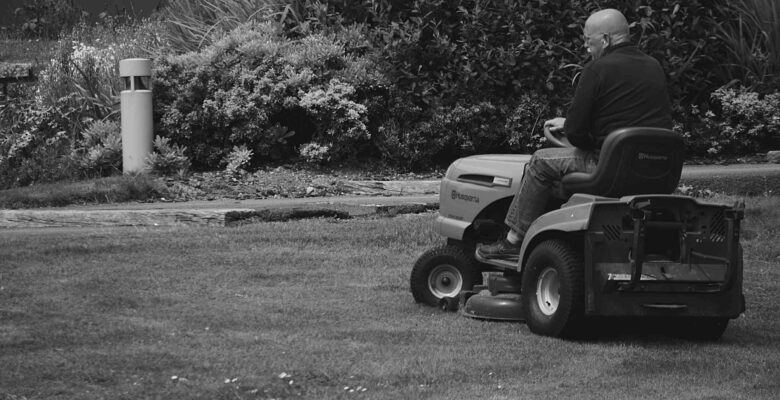

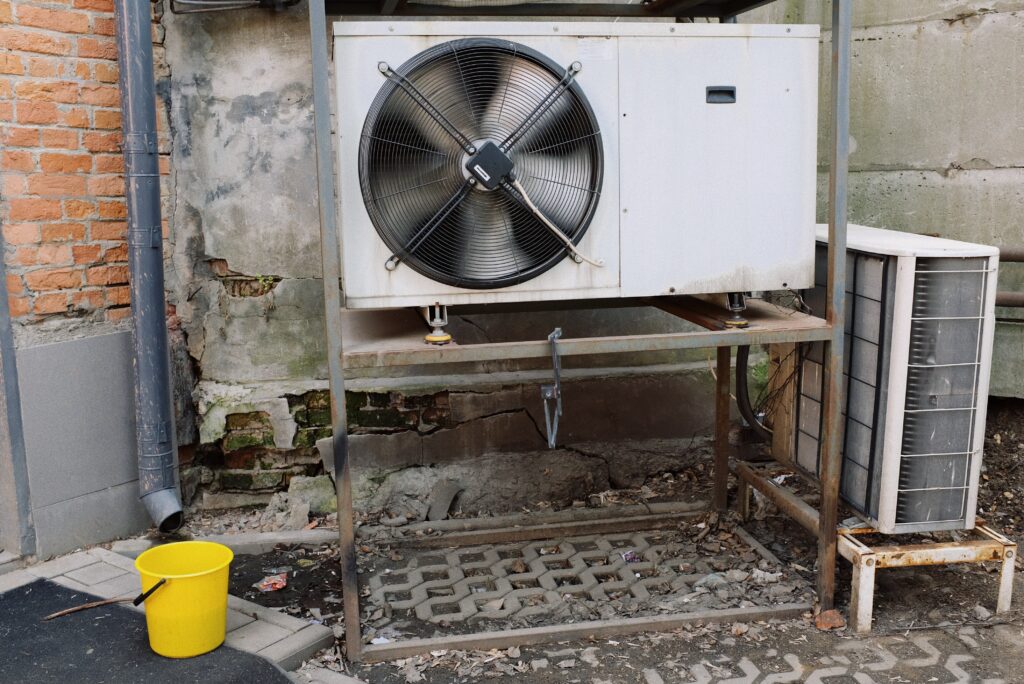

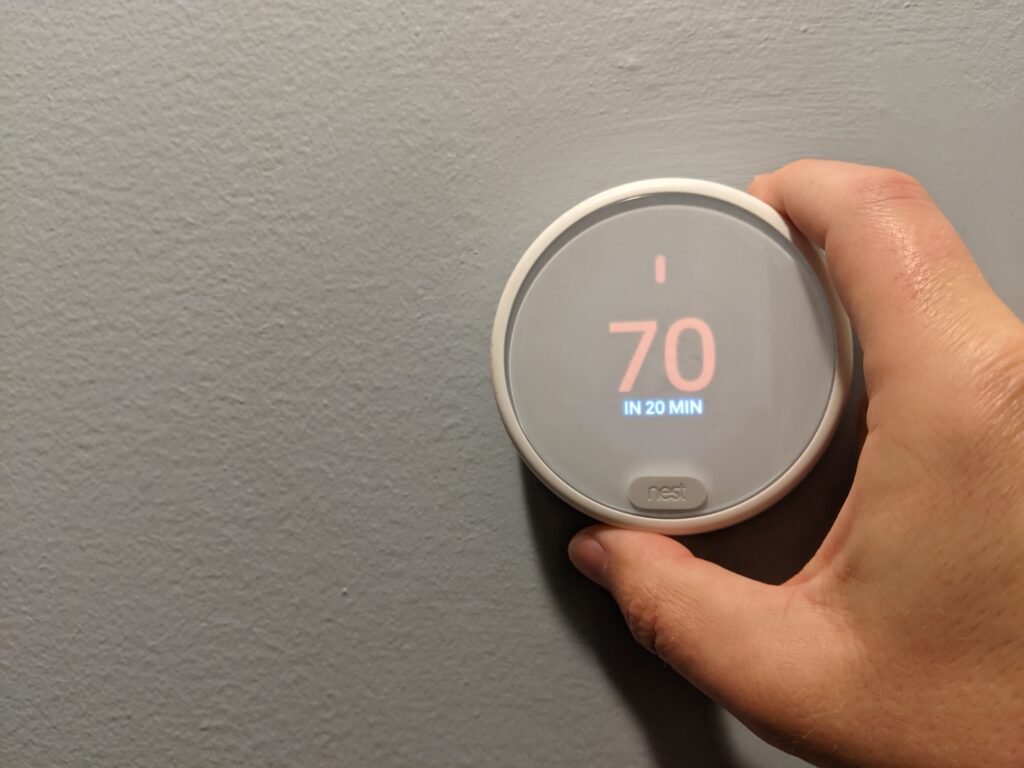
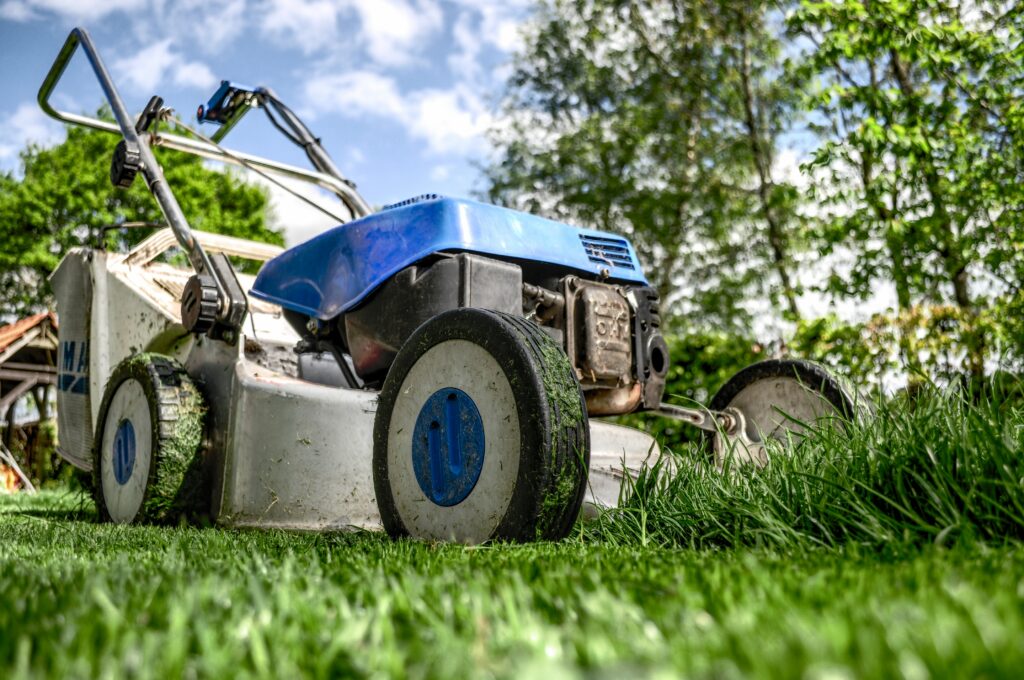
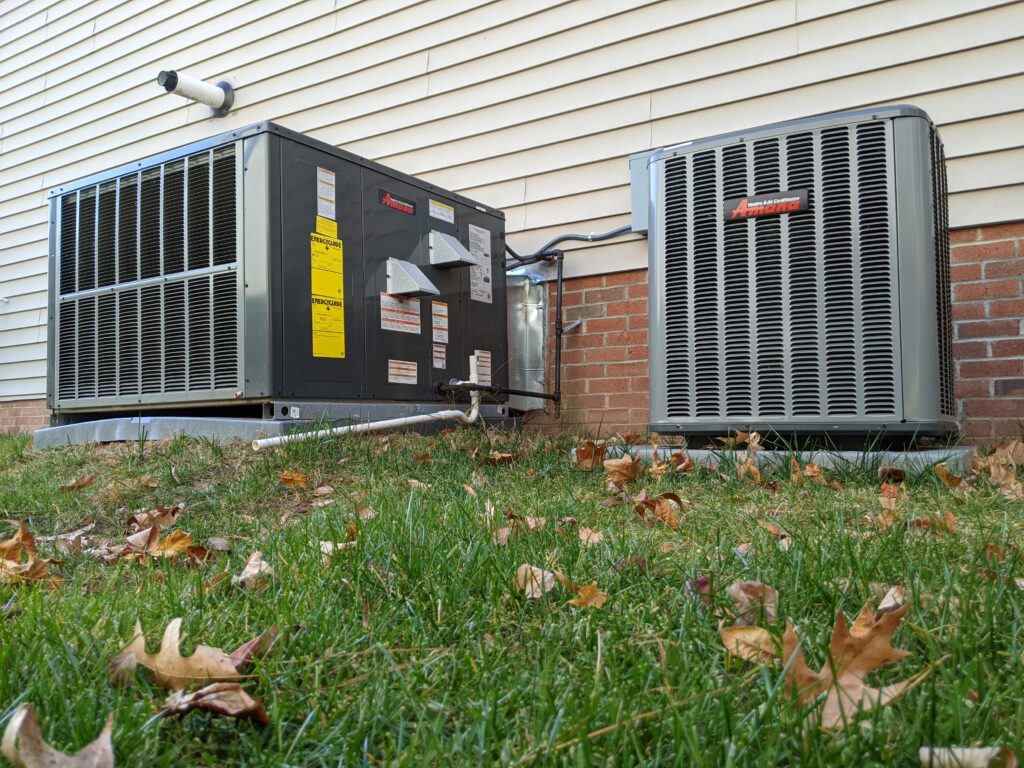
Leave a Reply